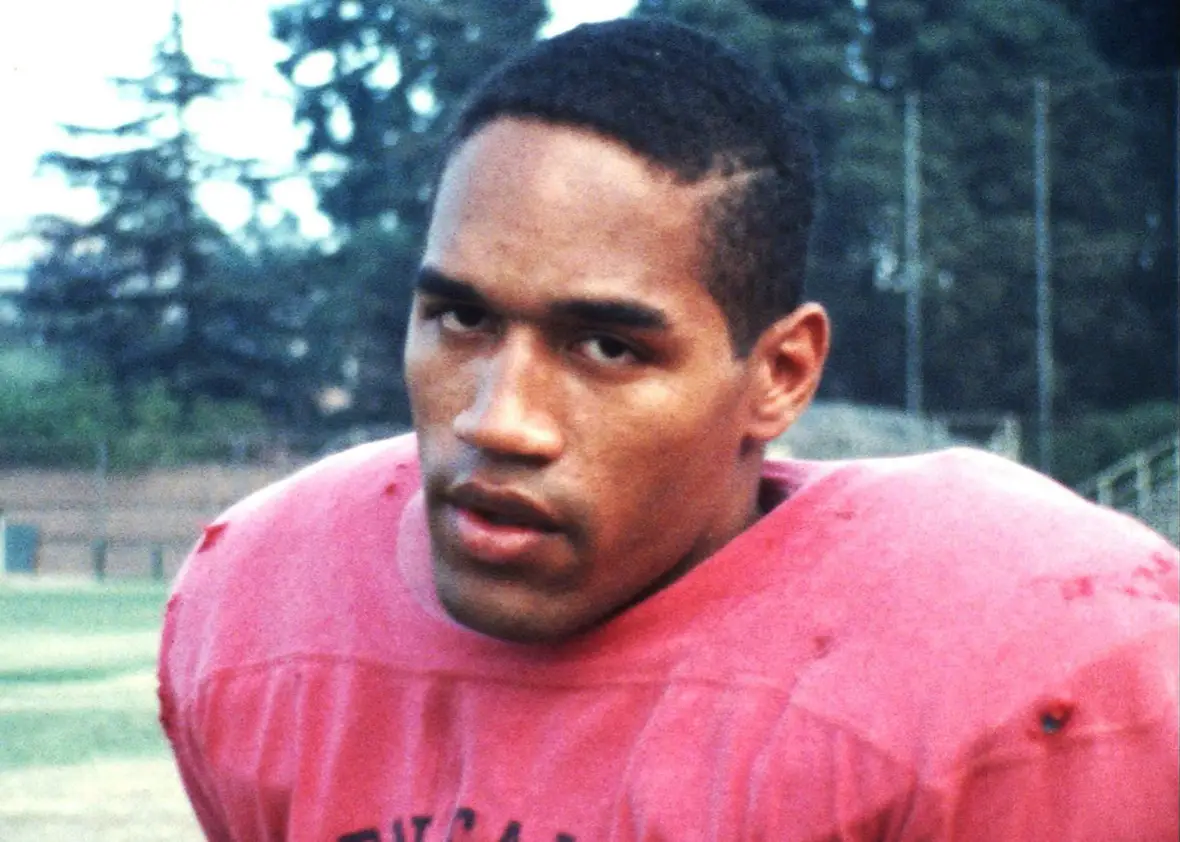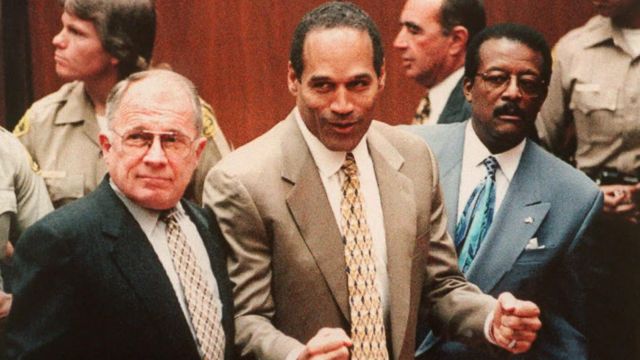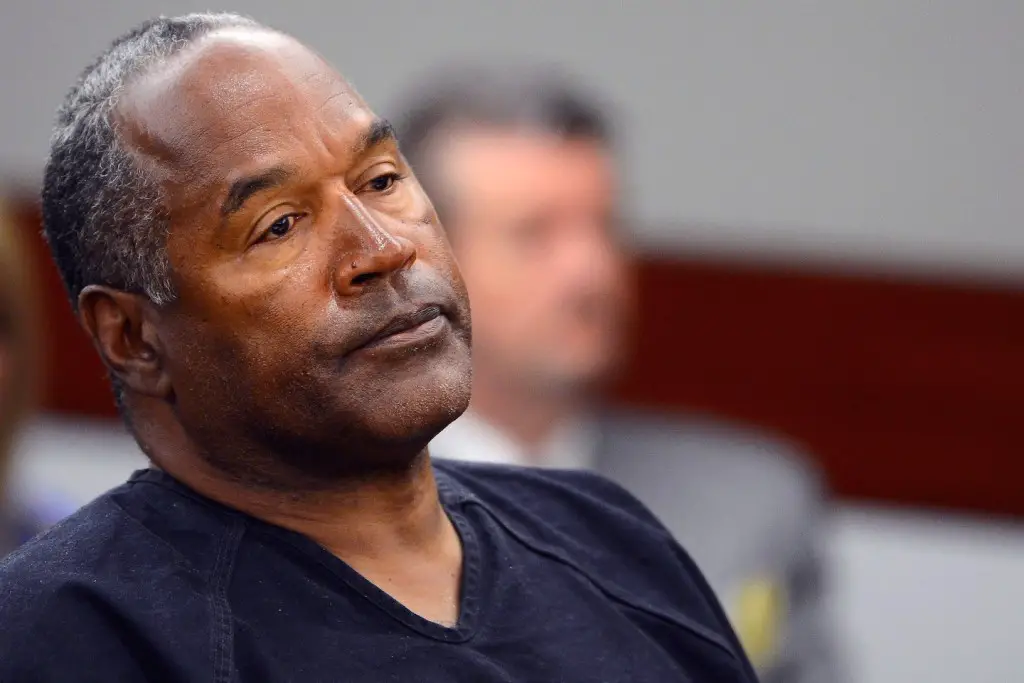O.J.: Made in America
The “30 for 30” documentary situates the murder in the context of ‘90’s Los Angeles and the psyche of Simpson.
By Danny Enjamio, Santa Fe College
What do you get when you mix a story about race in America, police malpractice and incompetence in Los Angeles, and the most famous murder trial in American history?
You get director Ezra Edelman’s five-part documentary series, “O.J.: Made in America,” which chronicles the ascension and downfall of one of the most prominent American celebrities of his time, and the trial that was always about much more than what transpired on June 12, 1994.
The series is wholly objective throughout. There is no narrative being pressed on the viewer, no over-dramatizing being done. There is only a diverse cast of interviewees along with footage and photographs, most of which you’ve never seen before, that are all relevant to the case and those involved.
Every inch of this documentary provides substantive accounts that cover all angles of this case.
While watching the piece, you develop a better understanding of the individual accused of the murders, the reasons for the controversial verdict and the aftermath of that verdict all before ever being presented with the incident itself.
That’s because Edelman assures that before you get to June 12, 1994, you truly understand two essential components of this story: the relationship between the LAPD and the black citizens of Los Angeles before this case, and the life of O.J. Simpson.
We’ll start with the complexity of Simpson himself. The lengths he went to in order to erase his race, and the pride he took whenever he succeeded in doing so, were two of a handful of noteworthy character revelations presented. Many of the accounts in the piece give evidence of that, with Simpson even being quoted saying, “I’m not black, I’m O.J.”
One of the people interviewed recalls being out with O.J., who was sitting with a group of black men, at a club sometime in the 1970’s and overhearing a white women ask “Why’s O.J. sitting with all those [n-words]?” The man asked O.J. if the comment bothered him, to which he replied, “No, don’t you understand? She didn’t see me as a black man, she saw me as O.J.”
There’s also a line delivered by O.J. himself during an interview in the 1970’s, in which he questions black athletes for using their fame to get involved in the Civil Rights Movement, saying that in the end it “hurts them.” Simpson, a man completely infatuated with his own image, seemingly couldn’t comprehend why these athletes would risk touching on subjects that made white America uncomfortable at their own expense. O.J. was probably right; the courage these athletes showed likely did come at a cost for some of them. But as Reese Waters points out, “That’s kind of the point when you take a stand for your beliefs.”
Simpson was, as one interviewee put it, “seduced” by white society while at USC, and for the better part of the following two decades he went out of his way to ingratiate himself into whatever identity white America forged for him.
Even when considering how thoroughly he uncovered O.J.’s character, Edelman’s greatest accomplishment in this piece was his ability to make the viewer understand the racial landscape of Los Angeles leading up to the trial, as well as the complete ineptitude of the LAPD.
“No one can understand the O.J. verdict really without appreciating the context and the history of the city in which it was involved,” says Edelman.
There was a warranted distrust between the black community of Los Angeles and the police department, and a good portion of the piece is dedicated to showing you why.
As much evidence as there is against Simpson for the deaths of Nicole Brown and Ronald Goldman, there was actual video evidence of the LAPD beating Rodney King almost to death in 1991, and of Latasha Harlins, who was 15-years old, being shot in the back of the head during a dispute with a store clerk in 1991. As the documentary points out, in the case of King not one of the multiple officers at the scene reported anything unusual with the encounter and despite the visual evidence none were convicted. In the case of Harlins, her murderer received no jail time.
How did you know that race affected jurors in the case?
When interviewed for the documentary, one of the jurors admits that the O.J. verdict was pay back for Rodney King.
Of course, these incidents were just two of the more famous cases cited in the series. So many in the black community of Los Angeles experienced injustice regularly in the years that followed the Great Migration, and all of it is covered in the documentary because it’s all important in understanding the context of the case.
It helps explain the polarization of the trial in this country. As Bomani Jones alludes, for many white Americans, the O.J. verdict was the first miscarriage of justice they’d ever seen.
After establishing this pretext for the trial, the rest of the documentary displays how the most damning pieces of evidence against O.J. Simpson were nullified by the incompetence of the LAPD.
From a detective in the case having a history of hatred toward the black community and lying under oath about using the n-word, to proof of a criminalist not following even the simplest of procedures in handling vital evidence, the LAPD was completely exposed during this trial.
Then there was the domestic violence aspect of the case, which was one of the more visually harrowing aspects of the piece. It led to Nicole legitimately fearing for her life with O.J., and calling the police on him numerous times. Multiple members of the LAPD admit that Simpson’s status and relationships led to him getting away repeatedly with what should’ve landed him in prison. Objectively, if the LAPD weren’t so bad at their jobs, this case would’ve gone much differently and the incident could’ve possibly been avoided altogether.
By now, you’ve probably realized that this series will play with your emotions. It will make you furious and heartbroken, pessimistic and bitter.
You will likely leave this documentary more certain of O.J. Simpson’s guilt than ever before. But you will also leave with a deeper understanding and appreciation of why he was acquitted, and of why this murder trial was about so much more than what happened on June 12, 1994.














